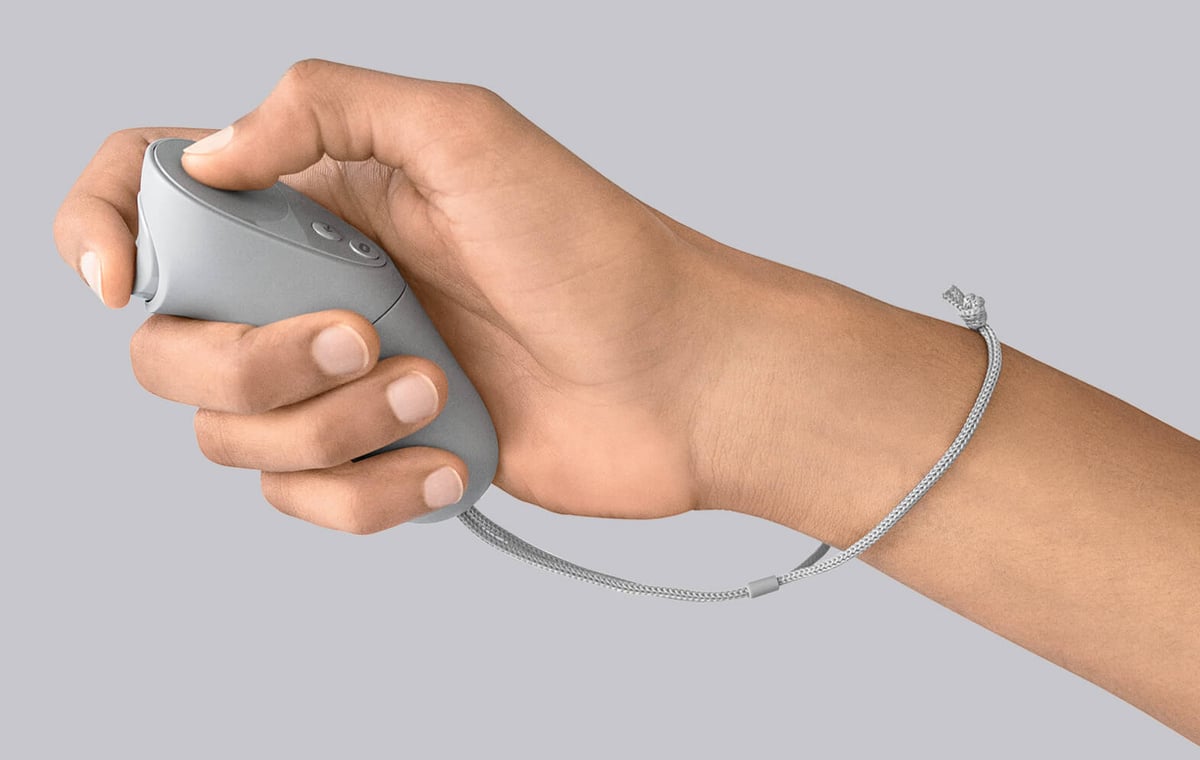Tired of tethering and aiming to put VR in front of billions, Oculus has revealed a new sub-$200 virtual reality headset called the Oculus Go.
At the fourth Oculus Connect conference in California, USA, Facebook CEO Mark Zuckerberg announced what could well be a tipping point for mass adoption of VR technology.
The new device is called the Oculus Go, a name that alludes to the device’s portability and ease. It is the first big-name VR headset to not require a separate device to power it.
The new headset is due for release “early” in 2018. In a neutral grey tone, the snazzy looking headset rocks all fabric straps and eye shroud. A sign that the device emphasizes comfort and flexibility, it would seem.
And perhaps best of all is the price. Indeed the Oculus Go will launch at $199, a dramatic drop from its PC-powered sibling which only now after years on the market has dropped to $399.
Oculus itself describes the new Go as hitting the “sweet spot” between PC and smartphone-powered virtual reality.
Technologically speaking, the display inside the Go presents a modest step up from its expensive sibling, the Rift. It features a fast-switch LCD display at 2560×1440 resolution behind glare free lenses and boasts integrated audio. For a cheap VR headset, it sounds pretty good.
To give you digital hands inside the VR experiences, Oculus appears to be releasing touch-controllers with the Go, too.
No word on what’s actually powering the VR content inside it though. Which to us comes across as an Apple-esque move to de-technojargon the product. Only give the meaningful numbers, sweep the nitty-gritty under the carpet.
Oculus Go: VR for the Masses?
Perhaps the biggest challenge VR tech faces for widespread adoption is the fact that no one really needs it. There are specialist applications and industries that integrate it well, such as 3D modeling or workplace training, but outside of these it’s an entertaining sideshow.
Add to that the prohibitively high price tag for high-end VR experiences, and that relegates the technology to all but the most dedicated of techie fanatics.
The alternative is smartphone-driven VR. And while this has the advantage of low-costs, it generally leaves a lot to be desired. It might even have the counterproductive effect of putting people off the idea of VR. Similarly, Samsung’s tie-up with Oculus to create the Gear VR raised the mobile VR experience to a new height, but is still limited to owners of specific Samsung phones.
Oculus’ new effort could be a game-changer. It won’t rely on any additional hardware, and there’s a reasonably low price point attached to it. This kind of simplicity is what VR needs for it to feel an everyday option to the wider population. Color us impressed.
Source: Polygon

License: The text of "Oculus Announces Sub-$200 Oculus Go Standalone VR Headset" by All3DP is licensed under a Creative Commons Attribution 4.0 International License.